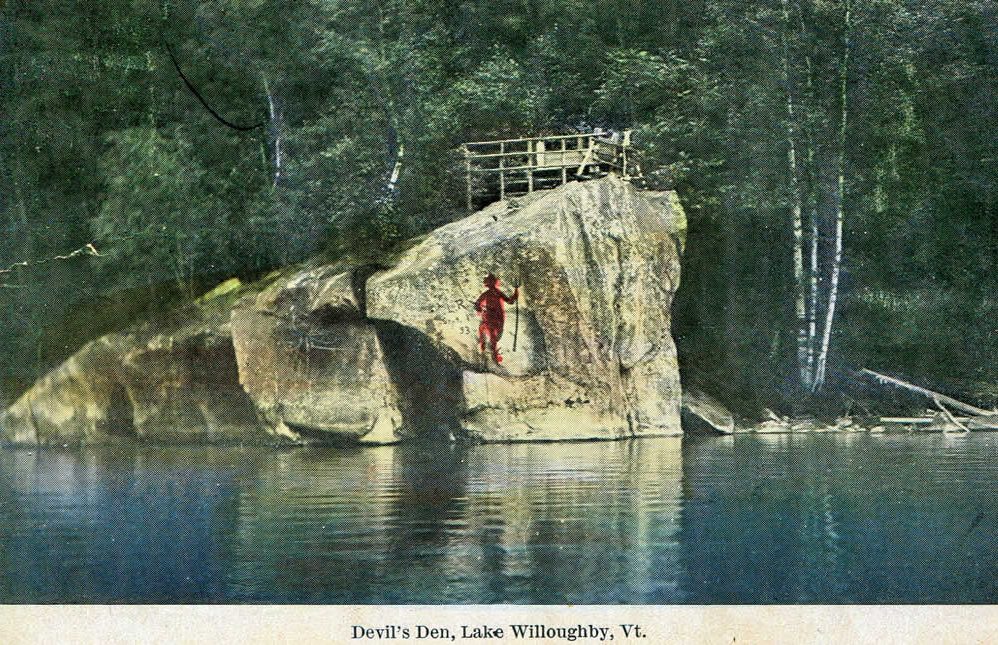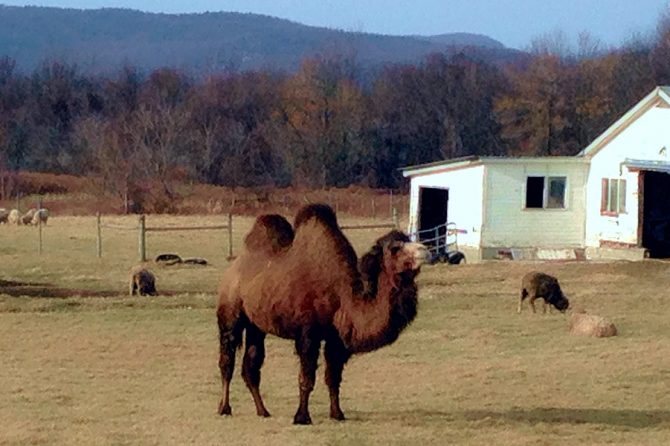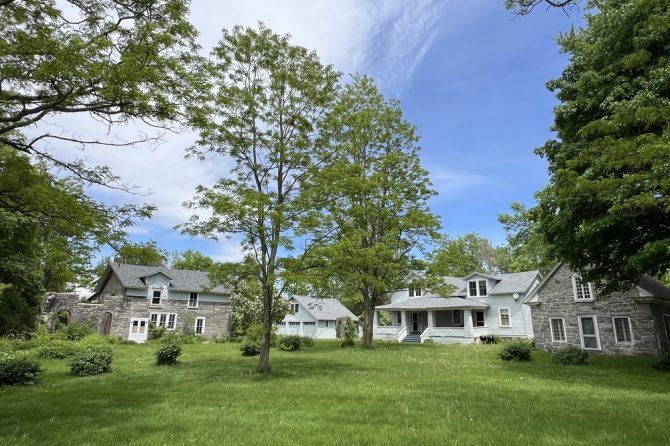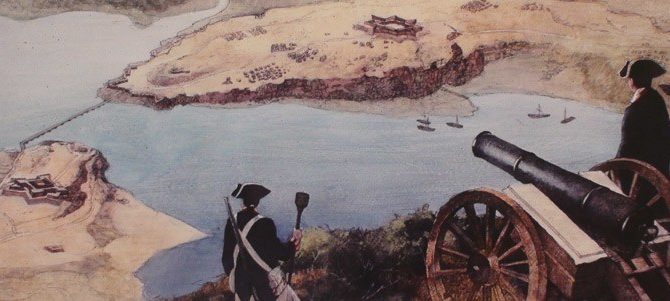Article contributed by Scott Wheeler/Publisher Vermont’s Northland Journal
Without much doubt, Lake Willoughby is one of the most spectacularly beautiful and most photographed locations in New England. For generations, the lake has attracted people from near and far.
Lake Willoughby and the Bible
The Lake Willoughby basin includes a few locations that share names with the Bible. Rising out of one side of the lake is Mt. Pisgah (which Route 5A now cuts along). Mt. Pisgah appears in the Bible at least once, in the Old Testament in Deuteronomy 34:1-4. The following is from the New International Version (NIV) of the Bible:
1 Then Moses climbed Mount Nebo from the plains of Moab to the top of Pisgah, across from Jericho. There the Lord showed him the whole land—from Gilead to Dan, 2 all of Naphtali, the territory of Ephraim and Manasseh, all the land of Judah as far as the Mediterranean Sea, 3 the Negev and the whole region from the Valley of Jericho, the City of Palms, as far as Zoar. 4 Then the Lord said to him, “This is the land I promised on oath to Abraham, Isaac and Jacob when I said, ‘I will give it to your descendants.’ I have let you see it with your eyes, but you will not cross over into it.”
And rising out of the opposite side of the lake is Mt. Hor. That name also appears in the Bible. The following is from a biblical website called Bible Gateway(Encyclopedia of the Bible: Mount Hor):
A mountain on the border of the land of Edom at the foot of which the Israelites encamped on their journey from Kadesh to the Promised Land (Numbers 20:22, 23). It was at Mount Hor that God told Moses and Aaron that because of their sin at Meribah Aaron would die on Mount Hor in the sight of the people of Israel. The two men ascended the mount with Eleazar, Aaron’s son, and there Moses removed Aaron’s high priestly garments and put them on Eleazar; and Aaron died, 123 years old. This was in the fortieth year after Israel had come out of Egypt (Numbers 33:33–37). In Deuteronomy 10:6 it is said that Aaron died at Moserah, the site of which is unknown.
Mt Pisgah and Pulpit Rock
Another location in the Lake Willoughby region with an apparent biblical reference is a popular lookout from high up on the side of Mt. Pisgah—Pulpit Rock. It is apparently referencing a church pulpit where a preacher gives his sermon. Pulpit Rock is a popular destination for hikers to stop and view Lake Willoughby from high above it.
However, not all is rosy when it comes to biblical references relating to this particular region. Between the two mountains with biblical names, on the shores of the lake, is a rock outcropping with a sinister-sounding name—Devil’s Rock. For generations, the outcropping, which until more recent decades, was called Devil’s Den, has included a bright red painting of the Devil. The famed outcropping has periodically been mentioned in historical accounts for close to 200 years at least.
Devil in the Details
The following is an account that the late Harriet Fisher wrote in her book Willoughby Lake: Legends and Legacies, published by Orleans County Historical Society in 1988:
Devil’s Rock, or Devil’s Den, can be seen as one drives north, just about a half mile from the south end. It is a tremendous outcropping that juts out into the lake. What catches one’s eye is red paint. From the lake, one sees a devil painted on the rock. It was painted many years ago, but every once in a while someone touches it up so it keeps its devilish red color. It is said that the reflection of the rock seen sideways in calm water, truly resembles a fierce devil’s face.
The History of Devil's Den
In perusing old newspapers, the September 14, 1841, issue of St. Johnsbury’s Caledonian (the precursor of the modern-day Caledonian-Record) has a poem simply titled “Willoughby Lake,” which makes mention of Devil’s Den.
But first w’ll [we’ll] see the “Devil’s Den,”
Nay, do not fear—He’s “not at home,”
W’ll [We’ll] just call in, then out again,
There’s nothing guards it save the foam;
This den is freely ventilated,
The other’s elsewhere situated.
Among other mentions of Devil’s Den is one found in an article in the November 10, 1865, issue of the Caledonian-Record titled, “Willoughby Lake.” The following is an excerpt from it:
The Devil’s Den, a cave on the shore, is accessible by water, but, as we had no boat, and no inclination to visit his majesty’s resident, either by land or water, we left after an imperfect view of the entrance from the rock above. While we hear that the devil has all the best tunes, we would observe that he, too often, is remembered in naming cliffs and caves, which are distinguished for their wildness and grandeur, if not for their loveliness and beauty. We wish that Indian names could be given to our rivers, lakes, and mountain, especially in the wild and uncultivated regions of the North.
The Garden of Eden
The following is an excerpt of an article from the August 5, 1914, issue of the Orleans Country Monitor, in which Devil’s Den is used in conjunction with another biblical name—Garden of Eden:
Under the direction of an accommodating guide, I passed out upon the waters of the lake, its purity so great that at a depth of many feet the ride of somewhat over a mile we arrived at the Devil’s den, a mighty mass of granite rock partially rent asunder by some great convulsion, at a short distance from the shore on the water’s side it presents an entrance which cannot fall behind the most enchanted conception. I then landed and we commenced the steep ascent of the mountain [Mt. Pisgah], visiting the “Garden of Eden” on the ascent and counted more than twenty varieties of flowers, but at the top, that most wonderful of views well paid me for the arduous climb.…
The following excerpt from the August 10, 1923, issue of the Express and Standard provides a bit more detail about the location of the Garden of Eden:
The Boulders of Lake Willoughby
Back of “The Boulders,” [a one-time dance hall–restaurant along Route 5A near the south end of the lake] near the base of the mountain, is what has been called the “Garden of Eden”… A naturalist so named it on account of finding over twenty specimens of flowers in the locality within a distance of a few yards. The place is—or at least was—reached by two little bypaths which led up under the cliff.
During research for this article, this writer was unable to locate any information about when the Devil first appeared on the side of the rock facing the lake, but postcards date from the very early years of the twentieth century, including one accompanying this article. And the painting has been refreshed and even appears to have been changed a bit over the decades. But who maintains it? That is a question that has gone unanswered by this writer.
The Devil's Den Name Change
At some point, the name Devil’s Den has at least unofficially changed to Devil’s Rock. It appears the change was at least popularized by a guidebook of the Lake Willoughby basin published by the Northeastern Vermont Development Association (NVDA) in 1953. The guidebook was published to promote the lake and greater basin.
Devil’s Den–Rock is now a popular destination for swimmers daring enough to jump off it into the ice-cold water below.
“When I was growing up, it was called Devil’s Den,” Wayne French of Island Pond said. “Back then I never heard it called Devil’s Rock.”
French, who is 93 years old, grew up in Westmore and is well-known for his knowledge of the history of Westmore as was his late twin brother, Arthur. However, he readily admits he doesn’t know a huge amount about Devil’s Den–Rock.
“I really don’t know much about the Devil on the rock,” French said. “All I know is it was there when I was a kid. I don’t know who first painted it, and I don’t know who has kept it painted throughout the years. Nobody ever talked about it.”
While the rock is now a popular swimming and jumping spot, French said he doesn’t recall it being used for that purpose when he was a young man.
“I never jumped off it,” he said, “but I did jump off some other rocks along there.”
It is likely that the Devil and his rock will be part of the history and legend of the Lake Willoughby basin for generations to come.
Discover the Vermont Northland Journal
The Northland Journal is a monthly magazine dedicated to sharing and preserving the history of Vermont's Northeast Kingdom, often through the words of people who lived it. It is delivered to subscribers in almost all 50 states. Also, they are always looking for new advertisers to help them keep their 23-plus year mission alive.
Check out their store site. If you have questions, please email Scott Wheeler at [email protected]
Scott Wheeler/Publisher Vermont’s Northland Journal
Thank you for visiting Vermonter.com! Please subscribe to our email list for the latest articles!








